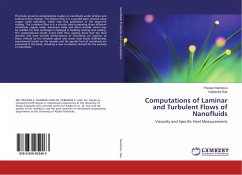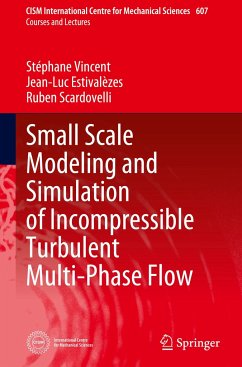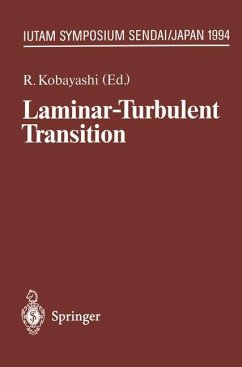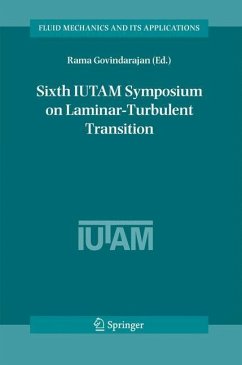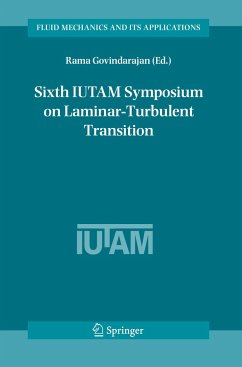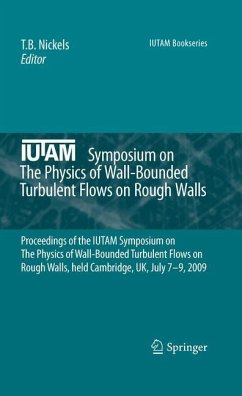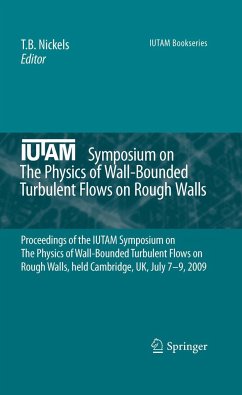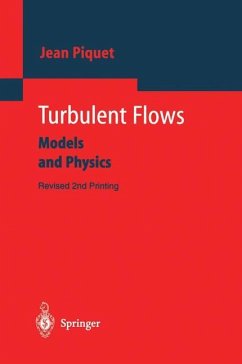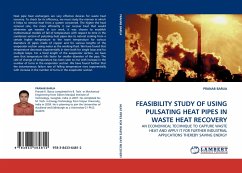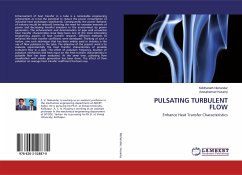
PULSATING TURBULENT FLOW
Enhance Heat Transfer Characteristics
Versandkostenfrei!
Versandfertig in 6-10 Tagen
36,99 €
inkl. MwSt.

PAYBACK Punkte
18 °P sammeln!
Enhancement of heat transfer in a tube is a remarkable engineering achievement as it has the potential to reduce the power consumption of industrial heat exchangers significantly. Consequently, the power demand of industry would be reduced; lowering the need for excessive amounts of power and decreasing harmful emissions to the environment by power generators. The enhancement and determination of pipe wall convective heat transfer characteristics have likely been one of the most interesting engineering aspects of heat transfer research. Different methods to enhance the heat transfer coefficien...
Enhancement of heat transfer in a tube is a remarkable engineering achievement as it has the potential to reduce the power consumption of industrial heat exchangers significantly. Consequently, the power demand of industry would be reduced; lowering the need for excessive amounts of power and decreasing harmful emissions to the environment by power generators. The enhancement and determination of pipe wall convective heat transfer characteristics have likely been one of the most interesting engineering aspects of heat transfer research. Different methods to enhance the heat transfer coefficient were developed. Thinking of such a notion, one such technique that has been widely used in industry is the use of flow pulsation in the tube. The objective of the present work is to evaluate experimentally the heat transfer characteristics of pulsatile turbulent flow in a pipe. The effect of pulsation frequency, location of pulsation mechanism and heat input on the heat transfer characteristics in pulsatile flow has been evaluated. At the same time, pulsating flow visualization with smoke generation has been done. The effect of flow pulsation on average heat transfer coefficient has been exp



